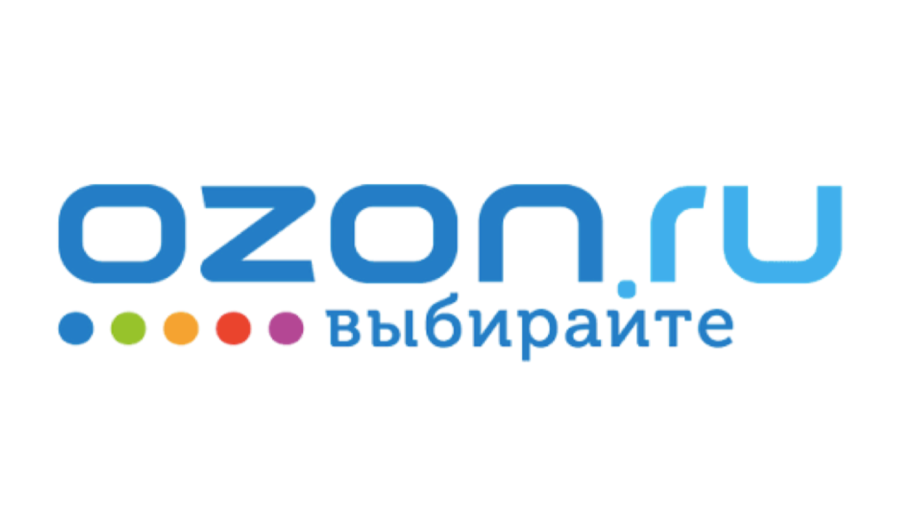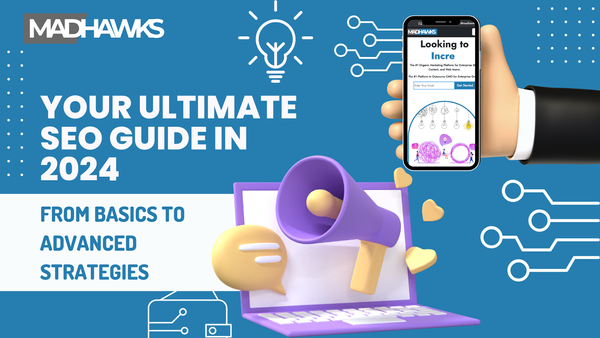Ozon's E-commerce Platform in Russia: A Profitable Year in Review

Hey everyone, I’m Chen Chen, an affiliate marketer and Amazon seller.
In the second half of 2022, a friend of mine who’s involved in the stone trade in the Far East suggested we try out the Russian e-commerce market. By October 2023, after a full year of operation, we managed to generate over 100 million rubles across five stores with minimal investment. Considering the ruble's exchange rate fluctuated from just under 9 to around 13 by October 2023, using a median rate of 12, our GMV was over 8 million RMB. After deducting all costs, our net profit exceeded 1.2 million RMB.
Compared to the e-commerce markets in Europe and the US, Russia’s market is much smaller, but so is the competition.
When I first started researching Ozon in 2022, many local sellers were just placing their products on tables, sofas, or beds, and taking photos with low-resolution phones. The platform looked like JD.com on the outside but felt more like a second-hand marketplace on the inside.
Ozon seemingly has no regulation on fake transactions. In our year of operation, across five stores, we never encountered any issues with this. Regarding paid advertising, besides traditional CPC and CPM ads, Ozon also supports CPS ads. This means you can set a commission rate with the platform, and they only charge you if a sale is made. Surprisingly, many local sellers still don’t run ads.
I once asked a successful Russian seller if he used ads. He said no, and when I asked why not, he said he’d never tried but assumed they wouldn’t work. Even though competition is gradually increasing, I believe that if you can solve a few key problems, like establishing a local store, Ozon still presents a solid opportunity.
In this brief review, I’ll summarize key points from my year of experience on Ozon, including accounts, product selection, advertising, logistics, payments, potential opportunities, and risks. If you’re interested in the Russian e-commerce market, this should be helpful.
(Network tutorials are abundant, so I won’t cover basic operations. Instead, I’ll focus on crucial points that determine profitability.)
1. Local vs. Cross-border Stores
Like all cross-border platforms, Ozon has both local and cross-border stores. Many have compared these, so I’ll get straight to the conclusion: you must open a local store!
Many say Ozon is highly competitive because they’re running cross-border stores. In cross-border stores, your competition is other sellers from China, with similar supply chains and marketing strategies, making it very competitive.
Local stores are different. Your competition will mostly be Russian sellers who don’t know much about advertising. Plus, only local stores can use Ozon’s official warehousing and delivery services (FBO), which greatly enhances customer experience. Local stores also receive more traffic from the platform.
Opening a local store incurs some additional costs:
- You need a Russian entity to open a local store, which has annual maintenance costs of about 4-5K RMB.
- Russian companies face a 6% tax on Ozon payments.
- Using FBO requires a local warehouse. We send goods to my friend’s company, and they handle the delivery to the nearest Ozon warehouse, adding a logistics cost.
These costs account for about 15% of our total revenue.
2. Product Selection
Selecting products for e-commerce is a bit of an art, and there’s no standard answer. You only know if you’ve made the right choice after you start selling.
We were lucky; one of the six products we initially tested became a hit, and the other five sold out eventually. Now, our five stores revolve around this successful product.
How did we choose it? I mainly sell on Amazon in the US, but those products aren’t suitable for the Russian market. Ozon has limited tools for product selection, so we developed a crawler to gather hot keywords on Ozon. We then sourced products based on these keywords from 1688, focusing on low-cost, high-margin items.
(Ozon hot keyword data is continuously updated. Feel free to reach out if you need it.)
Our first batch of products was popular on Ozon, but we misjudged the costs initially, resulting in low profits for five items.
Here’s a breakdown of Ozon costs:
- Costs include goods, logistics, platform fees, returns, exchange losses, and advertising. Only goods and logistics are upfront costs; others are post-sale.
Selling high-priced items on Ozon isn’t ideal due to Russians’ lower purchasing power compared to Europe and the US and the volatile ruble exchange rate. High-value items with slow turnover can see profits eaten up by exchange losses.
To increase product success rates, consider categories requiring certifications, like food. I’ve seen Chinese tea and self-heating hotpots on Ozon, likely sourced directly from Chinese supermarkets. Such categories need extra certification for local stores, which can be shared among multiple sellers to reduce costs.
3. Logistics and Warehousing
Using Ozon’s official FBO service, we label products with barcodes generated after listing, have manufacturers attach the labels, and send the goods to my friend’s office in St. Petersburg. From there, they’re delivered to the nearest Ozon warehouse.
You can allocate inventory across different Ozon warehouses, optimizing sales efficiency. For example, with 1000 units, you can place 500 in Moscow and 500 in St. Petersburg. Products priced above 500 rubles have free transfers; lower-priced items incur minimal fees.
4. Customer Service
Not much to say here, except Ozon has a discount system where customers can request specific discounts via messages. You can accept, reject, or counteroffer. We usually agree to avoid losing the sale.
5. Advertising
Ozon offers two types of paid ads: CPS (commission-based) and CPM/CPC (traditional).
Traditional ads charge regardless of sales, while CPS ads only charge a pre-agreed commission after a sale. Traditional ads aren’t effective without reviews, and the audience targeting feels off, with lots of non-converting traffic dragging down conversion rates.
6. Payments
Ozon allows withdrawals every 15 days. For currency exchange details, I’ll leave it to you to figure out. My friend in Russia directly sends RMB to my domestic account.
7. Opportunities and Risks
Let’s start with risks. The exchange rate fluctuation is a significant risk. In one year, the ruble’s rate dropped from 1:8 to 1:13. We could’ve made more profit if we had converted rubles to RMB promptly.
Another risk is store ownership. Currently, all our stores are under my friend’s name in Russia. While I trust my friend, extreme scenarios worry me. For instance, a Ukrainian customer paid him a $10,000 deposit before the Russia-Ukraine war and then vanished after the war started. We assume the worst about his fate.
Given the current war, unpredictability is high. If we increase investment, I’ll register a company under my name there. Foreigners can’t be company directors in Russia, similar to Vietnam, requiring a local citizen as the director.
Opportunities lie in services for Chinese sellers, such as local logistics, warehousing, tax, software, training, legal services, and even fake transactions. The growing competition on Ozon indicates more entrants, expanding the market for seller services.



